Can I Track Security Cameras Using Cellular?
In today's world, security is a paramount concern for both individuals and businesses. With the advent of technology, security cameras have become an essential tool for monitoring and safeguarding properties. However, one common question that arises is whether it is possible to track security cameras using cellular networks. This article delves into the feasibility, advantages, and practical considerations of using cellular networks to monitor security cameras.
Understanding Cellular Network-Based Security Camera Tracking
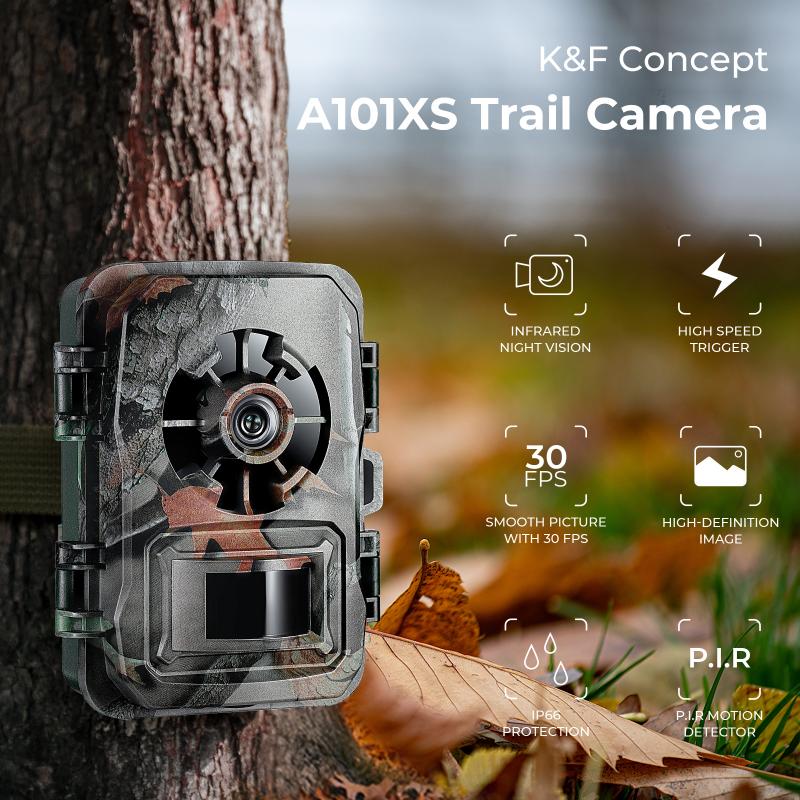
Cellular network-based security camera tracking involves using mobile data connections to transmit video footage from security cameras to a remote monitoring system. This method leverages the widespread availability and reliability of cellular networks to provide real-time surveillance, even in areas where traditional wired internet connections are unavailable or impractical.
Advantages of Using Cellular Networks for Security Camera Tracking
1. Remote Accessibility: One of the most significant advantages of using cellular networks for security camera tracking is the ability to access live footage from anywhere. Whether you are on vacation, at work, or simply away from the monitored location, you can easily check the camera feed using a smartphone, tablet, or computer.
2. Flexibility and Mobility: Cellular-based security cameras are not tied to a specific location. This flexibility allows for easy relocation of cameras as needed, making them ideal for temporary setups, construction sites, or events.
3. Redundancy and Reliability: Cellular networks provide an additional layer of redundancy. In case of a power outage or internet disruption, cellular-connected cameras can continue to function, ensuring uninterrupted surveillance.
4. Ease of Installation: Setting up cellular-based security cameras is often simpler than traditional wired systems. There is no need for extensive cabling or network infrastructure, making the installation process quicker and less invasive.
Practical Considerations for Cellular Network-Based Security Camera Tracking
While the advantages are compelling, there are several practical considerations to keep in mind when opting for cellular network-based security camera tracking:
1. Data Usage and Costs: Streaming video footage over cellular networks can consume significant amounts of data. It is essential to choose a data plan that accommodates the expected usage to avoid unexpected charges. Some cellular providers offer specialized plans for IoT (Internet of Things) devices, which may be more cost-effective.
2. Network Coverage and Signal Strength: The effectiveness of cellular-based security cameras depends on the availability and strength of the cellular signal. In areas with poor coverage, the video quality may be compromised, or the connection may be unreliable. It is crucial to test the signal strength at the installation site before committing to a cellular solution.
3. Battery Life and Power Supply: Many cellular security cameras are designed to be battery-powered for added flexibility. However, it is important to consider the battery life and ensure that the cameras are regularly charged or connected to a reliable power source to maintain continuous operation.
4. Security and Privacy: Transmitting video footage over cellular networks raises concerns about data security and privacy. It is vital to use cameras with robust encryption protocols and secure connections to protect the footage from unauthorized access.
Types of Cellular Security Cameras
There are various types of cellular security cameras available, each catering to different needs and scenarios:
1. Standalone Cellular Cameras: These cameras come with built-in cellular modules and do not require any additional hardware. They are ideal for remote locations where traditional internet connections are not feasible.
2. Hybrid Cameras: Hybrid cameras can switch between Wi-Fi and cellular networks, providing flexibility in connectivity options. They can use Wi-Fi when available and switch to cellular as a backup.
3. Solar-Powered Cameras: For locations without a reliable power source, solar-powered cellular cameras offer a sustainable solution. These cameras use solar panels to charge their batteries, ensuring continuous operation without the need for frequent battery replacements.
Setting Up Cellular Security Cameras
Setting up cellular security cameras involves several steps to ensure optimal performance and reliability:
1. Choose the Right Camera: Select a camera that meets your specific needs, considering factors such as resolution, night vision, motion detection, and weather resistance.
2. Select a Data Plan: Choose a data plan that provides sufficient data allowance for your expected usage. Consider plans specifically designed for IoT devices, which may offer better rates and features.
3. Test Signal Strength: Before installation, test the cellular signal strength at the intended location. Use signal strength apps or tools to ensure a reliable connection.
4. Install the Camera: Mount the camera in a suitable location, ensuring it has a clear view of the area to be monitored. Follow the manufacturer's instructions for installation and setup.
5. Configure the Camera: Use the camera's app or web interface to configure settings such as motion detection sensitivity, recording schedules, and notification preferences.
6. Monitor and Maintain: Regularly check the camera feed and ensure the camera is functioning correctly. Perform maintenance tasks such as cleaning the lens, checking battery levels, and updating firmware as needed.
Tracking security cameras using cellular networks is a viable and effective solution for remote surveillance. The flexibility, mobility, and ease of installation make cellular-based security cameras an attractive option for various applications. However, it is essential to consider factors such as data usage, network coverage, and security to ensure optimal performance and reliability. By carefully selecting the right camera and data plan, and following best practices for installation and maintenance, you can achieve a robust and reliable security monitoring system that leverages the power of cellular networks.



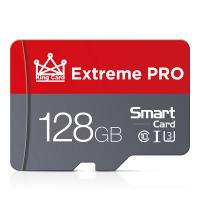
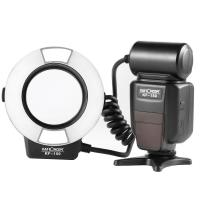

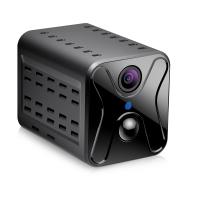
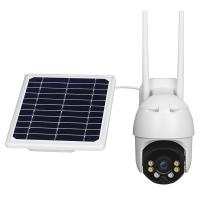
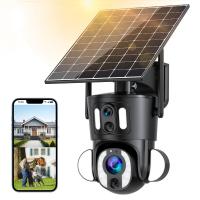

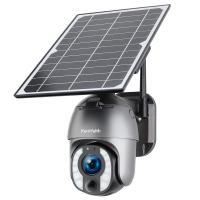
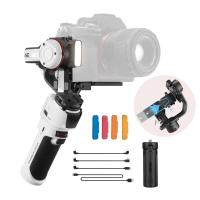




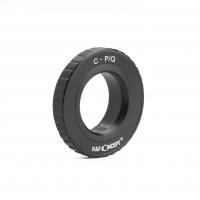









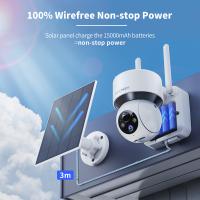


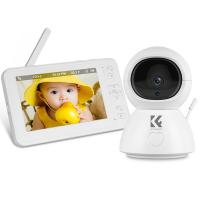






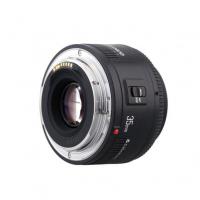


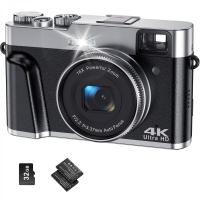
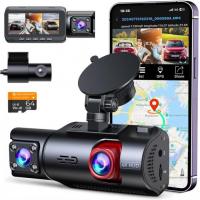
There are no comments for this blog.